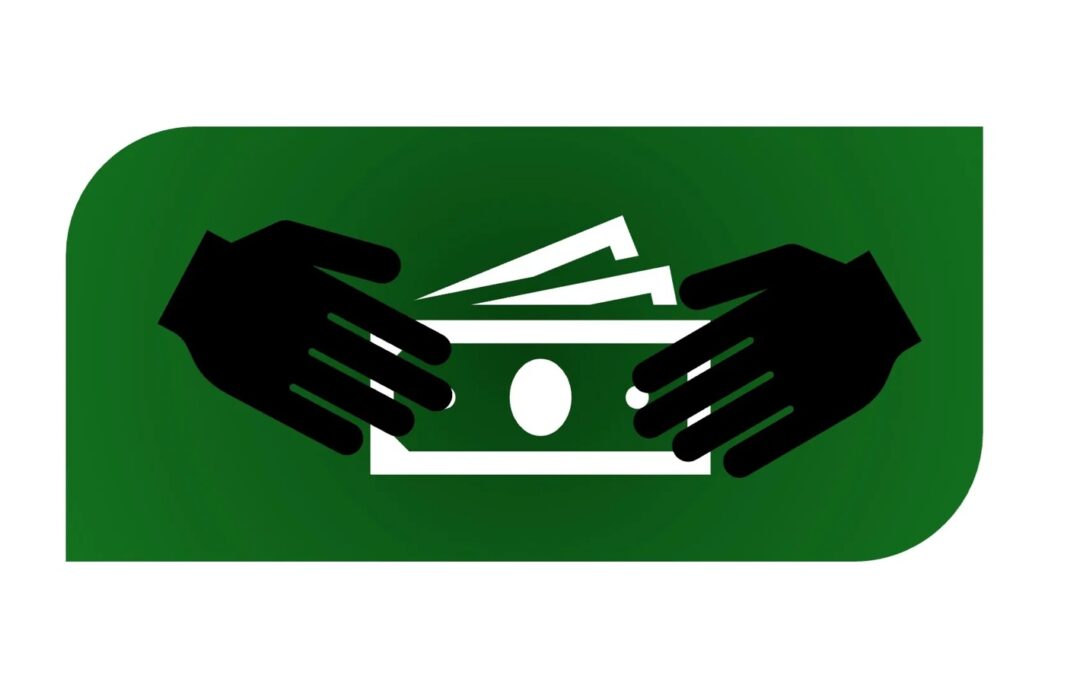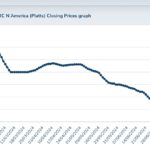I first encountered supply chain rebates a few years into my supply chain career, and confess they baffled me. How could a savings mechanism where a supplier cut their customer a check retroactively ever be sustainable? Yet one of my suppliers was using them consistently, and successfully arguing for their value with my supervisor and colleagues. Today’s article explores supply chain rebates, what they are and how I’ve seen them used, some issues with using rebates, and how they can be used more effectively.
What are supply chain rebates?
A supply chain rebate is most frequently where a supplier pays a percentage of their sales with a customer back to that customer at the end of a period of time based on volume purchased. Another way to say it is that suppliers return a percentage of the purchase price to customers if they purchase a certain volume or value of products within an allotted period. It’s a method of value sharing where the customer carries all the risk. If the customer does not reach volumes, there is no rebate issued and the supplier is out nothing. But if the customer has a huge volume year, they receive the benefit of having met set targets and the supplier still wins due to their increased sales.
Common Uses
Everyday consumers in the US encounter rebates in various forms through retail. The department store Kohl’s will issue “Kohl’s cash” worth a certain amount for a future purchase based on that day’s purchases (for example, spend $50 today at Kohl’s and get $5 in Kohl’s cash valid next week). The home improvement store Menard’s calls their rebate a rebate, typically 11%, where the customer has to mail in receipts in order to get 11% of their purchase costs back as a check. In my supply chain career, I encountered rebates most in rental equipment. At the end of a year, the rental equipment supplier would write a check for 1-4% of our spend during the year depending on our spend thresholds. Rebates for commodities other than rental equipment were treated similarly. I also encountered a service level rebate where the supplier had to pay back some percentage of the software maintenance fee if they had more downtime than in the contract.
Issues with Rebates
My first issue with rebates is the way the customer carries all of the risk. Rebates are a marketing tool and incentive rather than a value-added approach, which is why retailers use them. The onus is on the supplier to issue and deliver a check or otherwise ensure the rebate is fulfilled, which is bureaucratic at best and allows for cheating at the worst.
My second issue with rebates is accounting. The accounting for rebates is very tricky, especially in categories that touch a variety of departments or projects. By the time the calendar or fiscal year closes, sometimes capital projects are complete and their accounting is all wrapped up. So where does the rebate actually go? Do you put it in some slush fund and use it like petty cash? What about in an industry like the utility industry where there are lots of regulations and rules about how money is allocated and spent? In a conglomerate business with multiple companies all spending money with the supplier to reach the rebate, how does accounting get the check into the right buckets? Or do you make the supplier cut multiple checks, undermining the value of the rebate? Any way you slice it is difficult.
How to Make Rebates Work
Sometimes the only answer is a rebate. Either because the supplier won’t consider anything else, someone in the company is pushing for one, or you’re stuck in the “we’ve always done it this way” rut. So what do you do? Some thoughts about how to structure a rebate to be more successful:
- Make sure whatever you and the supplier agree to is written and signed. While I’m always an advocate for a good contract, even some sort of written agreement covering the warranty is a good place to start.
- Talk to accounting about the best way to structure a rebate for your business. Do you need to make sure the supplier divides out checks for each division or company under a conglomerate umbrella? Is there even a place that check can go? Can the supplier instead offer credits on invoices until the rebate is paid, and is that a good option for accounting?
- Consider a forward-facing rebate instead of a backward-facing one. By this I mean that the sales volumes from year 1 earn the business discounts on purchases in year 2, possibly used to offset price increases or index-linked costs. Bonus points if you can have these discounts start sooner than after a year, such as after the first quarter. The thing to think about with a forward-looking rebate is what to do with a final year or quarter of the agreement – do you simply apply a rebate to that final time period? Is it an incentive to stay with a supplier, even when you don’t want to? Ensure you have a plan and that you’re not trapped in a bad supplier relationship due to rebates.
- Try to incorporate the rebate into pricing. If the supplier is offering a 2% rebate on volumes you are fairly certain you will hit, see if you can simply get the 2% knocked off the price. This requires the supplier to share a little of the risk in exchange for a reward; emphasize the lack of paperwork required with this option.
Supply chain rebates are a tool often used in negotiations, and can seem like a good deal. At least their cost savings benefits are clear and easy to calculate, but at what cost? They are very uneven on risk allocation, placing all the risk on the customer, and can cause accounting nightmares. So if you choose to use them, follow a few simple guidelines. First, get the agreement in writing. Second, talk to accounting about the best structure for your business. Third, see if you can tweak the traditional rebate into a forward-looking discount for later contract years, or incorporate the rebate into pricing. If you’d like to talk through these options with me or share how your business is approaching rebates, let’s schedule a meeting to chat.




